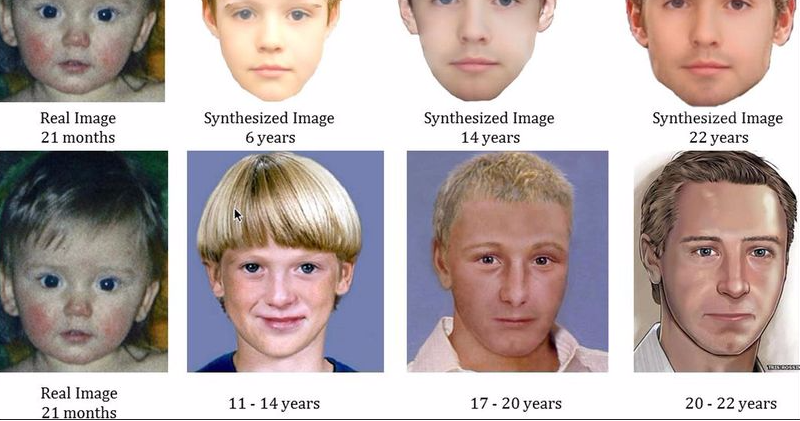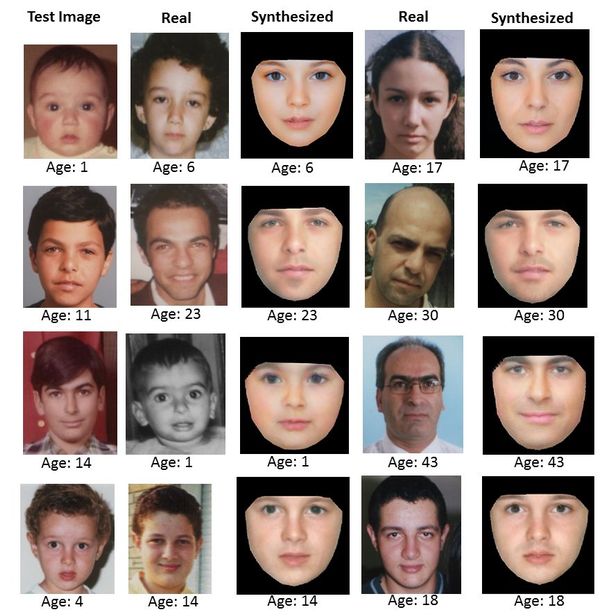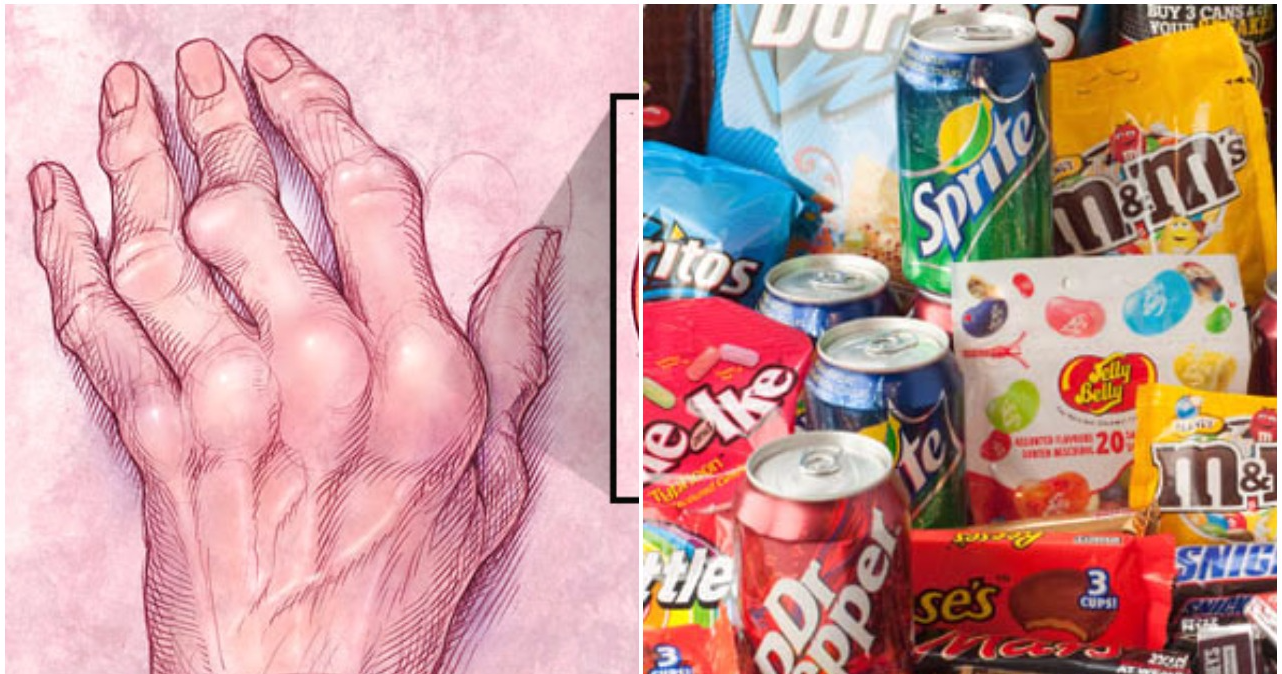It can be more difficult to successfully find missing children after years pass because they change so dramatically until they reach adulthood. Whether it's losing the round baby-face or the addition of facial hair and the obvious body changes, time is not on investigators' side to crack these cases.
Each year over a million missing persons cases are reported in the US and UK, which leaves families desperate to get some answers.
Now, there is new hope in aiding in this search that has investigators eager for a breakthrough in some cold cases.
Using missing child Ben Needham, who went missing as a toddler in 1991 in the Greek Island of Kos, as an example, the new software produced a much different image than the current face-aging software, which could suggest that investigators were working with out-of-date tools. It is their hope that this software can spark some new breakthroughs in existing missing persons cases.
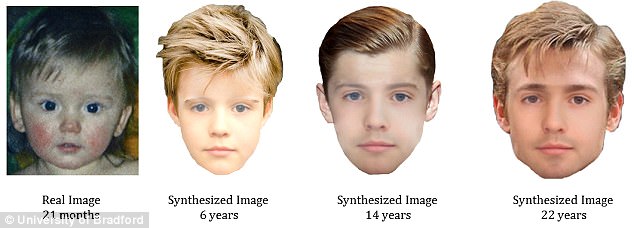
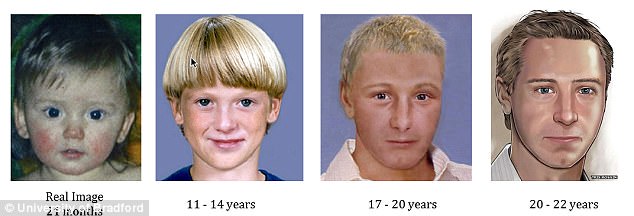
Continue to the next page to see how it could affect the case of Madeleine McCann.
How does it work?
The new system was created by researchers at the University of Bradford. Professor Hassan Ugail lead the research of the new technology.
"We see our software being used to find missing children by relevant agencies and authorities, including police forces around the world," he said.
The system maps out key features such as facial structure of the cheeks, mouth and forehead at a certain age. It's then fed into a computer algorithm which creates new features for the face based on the initial reading.
This means it is more accurate than the current technology because it provides individual results for a given face.
"This is because we have used large datasets of faces from different ethnicity, race as well gender in order to train our algorithm," he said.
They also use data from the individual's relatives including parents, grandparents and sibling.
Researchers have tested the system by de-aging individuals. Taking older images and bringing them back to their formative years, with the ability to compare against younger photos.
How does it change things?
"No criticism is implied of existing age progression work," Ugail said. "Instead we are presenting our work as a development and improvement that could make a contribution to this important area of police work"
The team hopes to trial the system on more faces of missing people and are eager to help in the search of Madeleine McCann.
Madeleine McCann also went missing 10 years ago in Portugal and this software could give investigators the information they need to locate children like her.
"Our algorithm is generic. We have not done any work on McCann's images, but we will [be] happy to do so if such an opportunity arises," he said.
